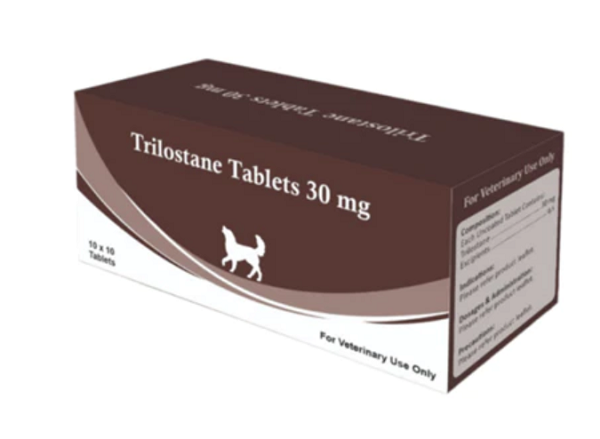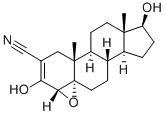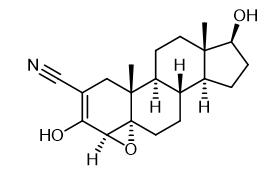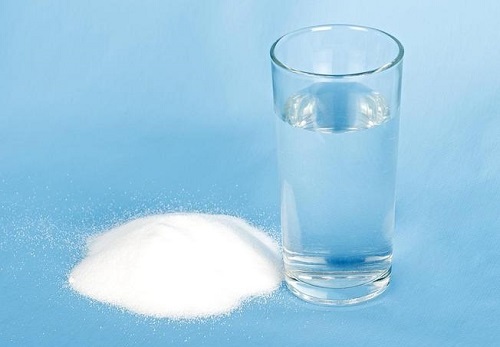The use of trilostane in dogs
Description
Trilostane, a competitive inhibitor of 3β-hydroxysteroid dehydrogenase (3β-HSD), is an FDA-approved drug for the treatment of canine pituitary-dependent hyperadrenocorticism (PDH) and adrenal hyperadrenocorticism (ADH)[1]. Trilostane provides a pharmacological alternative to surgical adrenalectomy or hypophysectomy. Unlike mitotane (o,p’-DDDD, Lysodren), trilostane is the only approved drug targeting both pituitary- and adrenal-related hyperadrenocorticism in dogs.
Biological activity
Studies in other species have demonstrated that trilostane not only inhibits 3β-HSD but also has additional inhibitory effects on steroid biosynthesis. The enzyme 11β-hydroxysteroid dehydrogenase (11β-HSD) catalyzes the interconversion of physiologically active cortisol and inactive cortisone and is known to exist as different isoenzymes, two of which have been identified in humans: type 1 (11β-HSD1) mainly converts cortisone to cortisol, while type 2 (11βHSD2) converts cortisol/cortisone[2].
Clinical uses

Trilostane is used to treat Cushing’s Disease in dogs and cats. Trilostane decreases the production of excessive cortisol hormone by the adrenal gland. This disease is not cured by trilostane but can be managed successfully. Trilostane also may be used to treat Cushing’s disease in cats. Cushing’s disease is rare in the cat and may not respond well. Frequently, cats with Cushing’s disease also have underlying diabetes mellitus. Trilostane does not appear to change their insulin requirements.
Trilostane is currently available in 5 mg, 10 mg, 30 mg, 60 mg, and 120 mg capsules, but lower doses might be more appropriate for treating small breed dogs. Compounding FDA-approved veterinary medications is an accepted practice to assist in achieving lower doses. Cook et al. (2012) investigated commercial compounded trilostane capsules, determining that 38% of the batches tested (36 of 96) fell below the acceptance criteria for drug content. Additionally, 20% of the batches tested failed dissolution testing, defined as ≥70% dissolution within 75 min.
Side effects
The more common side effects include loss of appetite, lethargy, weakness, vomiting, and diarrhea. Rarely have fatalities been reported. Very rarely, trilostane can cause the adrenal gland to stop functioning totally. If this occurs, the change is permanent, and your animal must be on lifelong supplementation of corticosteroids and mineralocorticoids.
References
[1] Jesse Crosby, Stacy Brown. “Stability of compounded trilostane suspension in cod liver oil.” Veterinary journal 228 (2017): Pages 15-17.
[2] Takahiro Teshima. “Expression of 11β-hydroxysteroid dehydrogenase isoforms in canine adrenal glands treated with trilostane.” Veterinary journal 200 3 (2014): Pages 452-455.
Related articles And Qustion
See also
Lastest Price from Trilostane manufacturers

US $0.00/KG2025-09-01
- CAS:
- 13647-35-3
- Min. Order:
- 1KG
- Purity:
- 0.99
- Supply Ability:
- 1TON

US $1.00/KG2025-07-02
- CAS:
- 13647-35-3
- Min. Order:
- 1KG
- Purity:
- 99%
- Supply Ability:
- 10000



